Rho Ophiuchi, IC-4604
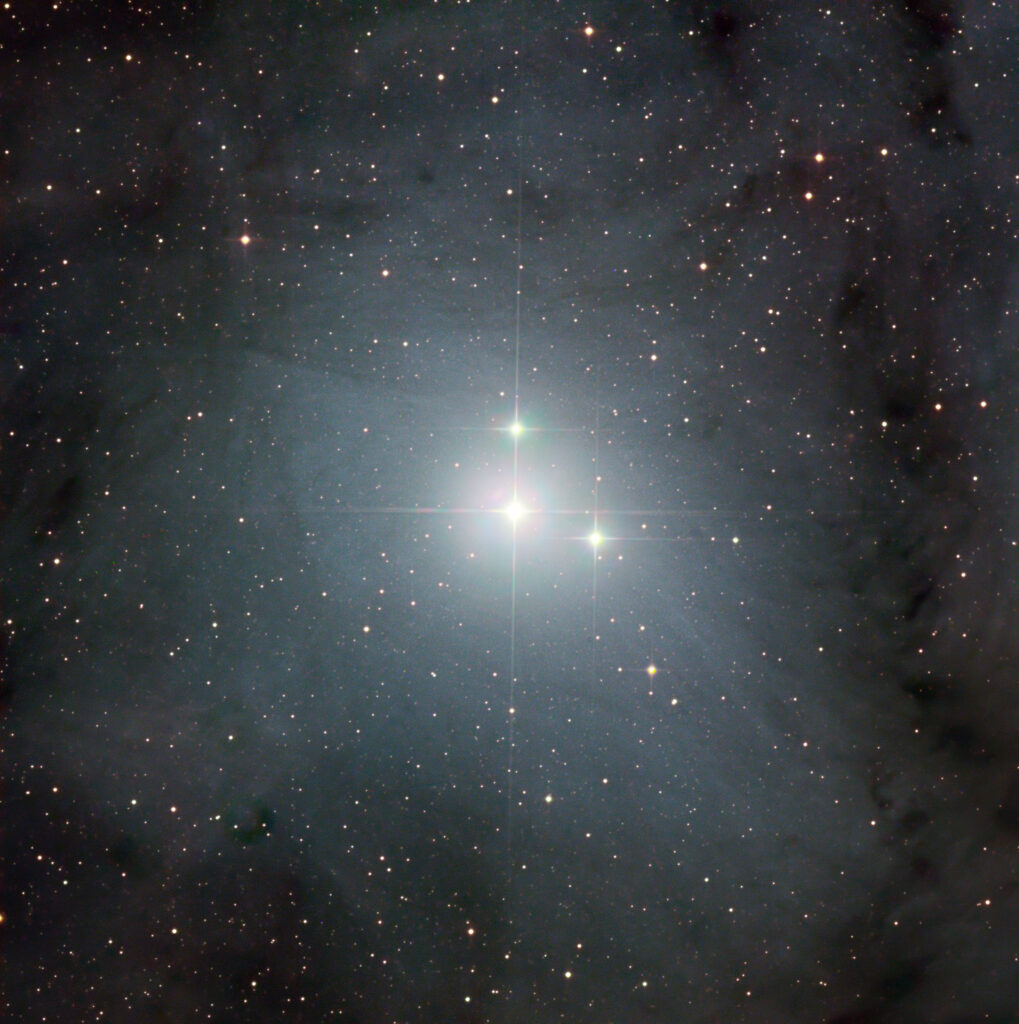
Astrobin:
Astrometry: https://nova.astrometry.net/user_images/7382505#annotated
Telescopelive: https://telescope.live/gallery/rho-ophiuchi-40
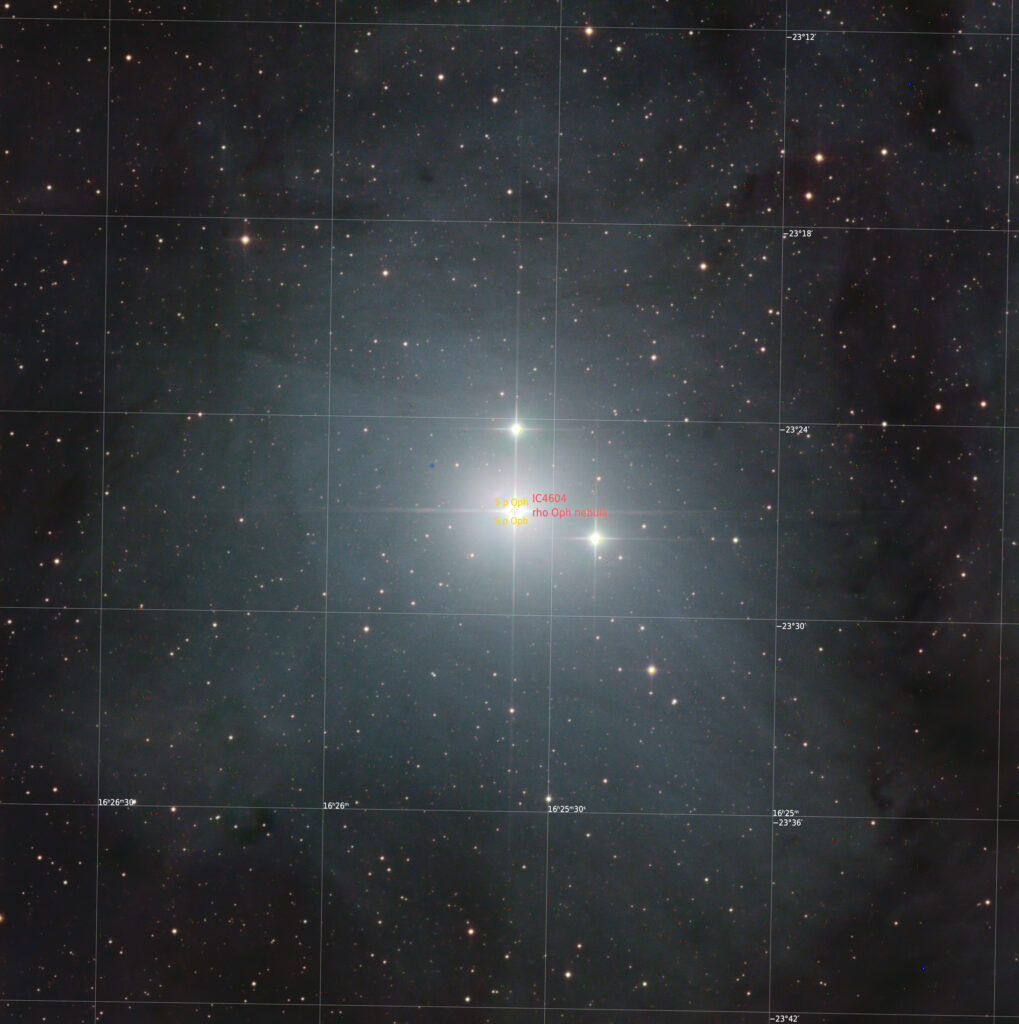


Astrobin:
Astrometry: https://nova.astrometry.net/user_images/7382505#annotated
Telescopelive: https://telescope.live/gallery/rho-ophiuchi-40


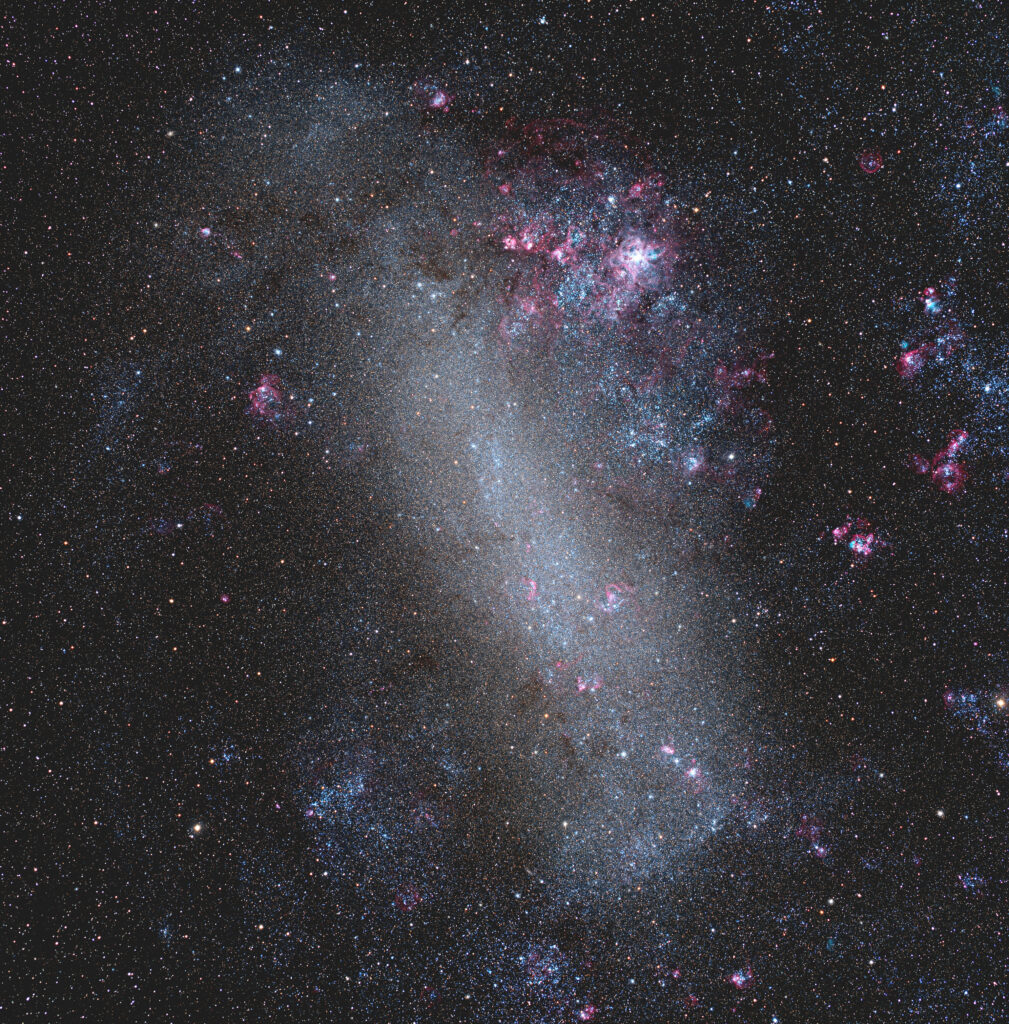
Astrobin: https://www.astrobin.com/vmtkrd/
Astrometry: https://nova.astrometry.net/user_images/7363248#annotated
Telescopi O Obiettivi Di Acquisizione: Takahashi FSQ-106ED
Camere Di Acquisizione: FLI PL16083
Filtri: Astrodon Gen2 E-Series Tru-Balance Blue 50×50 mm · Astrodon Gen2 E-Series Tru-Balance Green 50×50 mm · Astrodon Gen2 E-Series Tru-Balance Lum 50×50 mm · Astrodon Gen2 E-Series Tru-Balance Red 50×50 mmSoftwareAdobe Photoshop · Pleiades Astrophoto PixInsight
Camere Di GuidaStarlight Xpress Ultrastar M
Large Magellanic Cloud, (Nubecula Major)
LRGB 300″ and 600″ subframes integration, data retrieved from Telescopelive.com/AUS-2 sessions focused on Large Magellanic Cloud.
Scope: AUS-2 Takahashi FSQ-106ED, cfr. https://help.telescope.live/hc/en-us/articles/360005155197-AUS-2-10cm-F3-6-Refractor [17/02/2023]
Camera: ProLine FLI PL16083, cfr. https://help.telescope.live/hc/en-us/article_attachments/4406735822609/PL16803.pdf [17/02/2023]
Integration and first stretch by PixInSight; final post-production by Photoshop
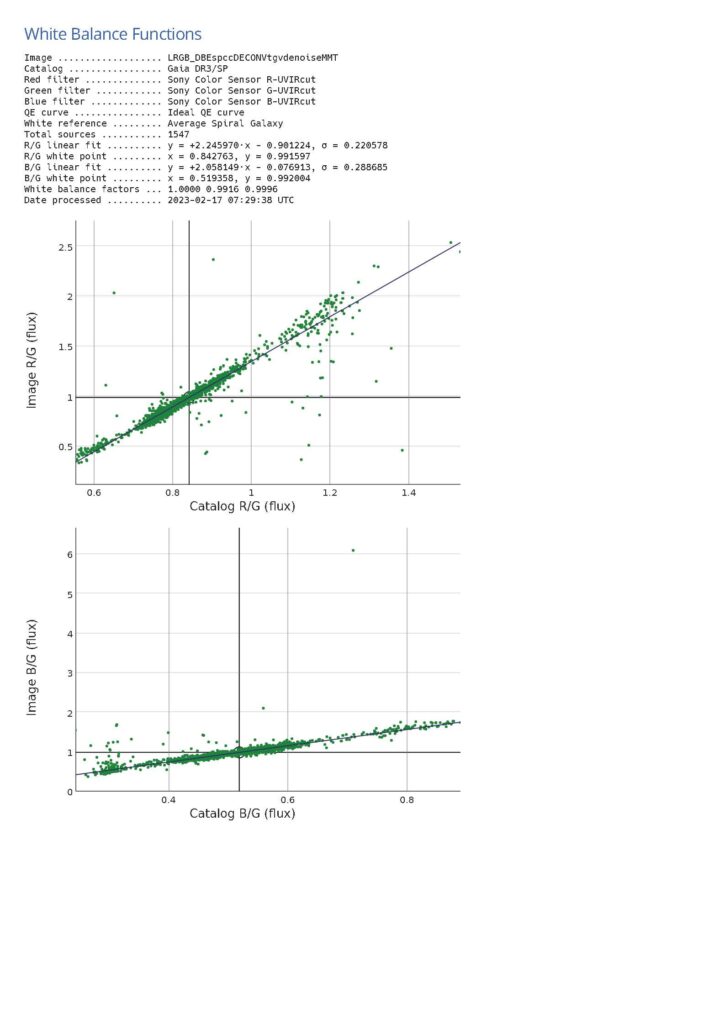
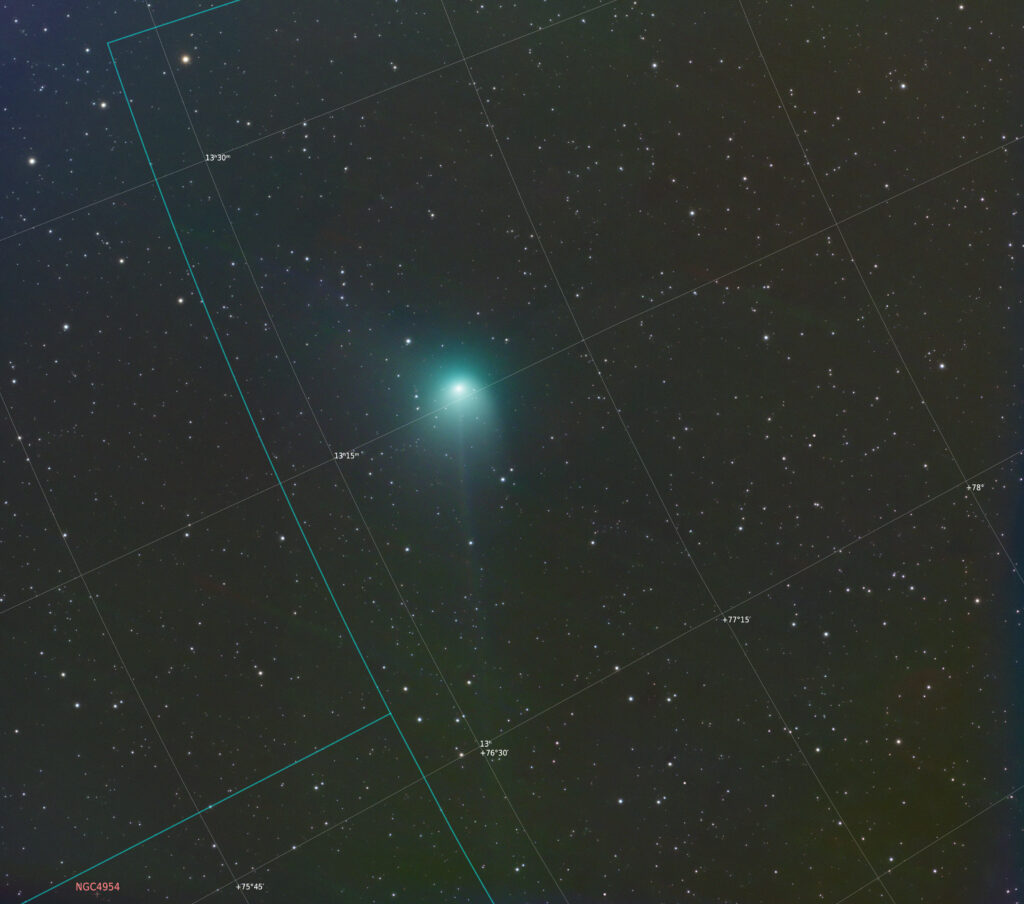
Astrobin:
Astrometry: https://nova.astrometry.net/user_images/7357487#annotated


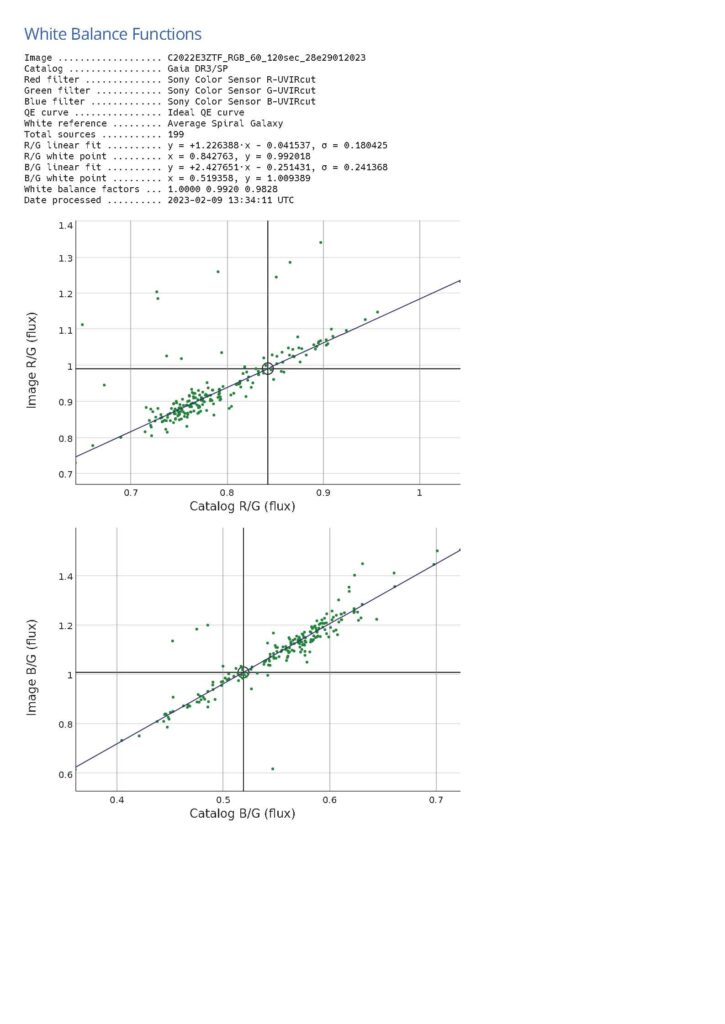
After and according to Warren Keller intro and divulgation paper focused about James Webb Space Telescope raw data availability from MAST Portal, archive named after Barbara Mikulski fulls of tons and tons of data including Hubble Space Telescope’s .fits calibrated frames, I’ve downloaded a couple of sets focused on NGC 3132 and NGC 3324 to begin an attempt of post-processing.
Browsing mast portal is kinda experience within a state of art information retrieval system: filters options permits to produce precise queries for matching desired set of data.
JWST target session produce .zip archives tagged, among other criteria, by NIRCAM, MIRI and NIRSPEC instrument label.
According to JWST user documentation
https://jwst-docs.stsci.edu/jwst-observatory-hardware [10/02/2023]
with hardware specifications, and as according to Warren Keller
and Nico Carver
https://youtu.be/DVuonz26P0w [15/02/2023]
suggestions and guidelines about JWST raw data elaboration and post production, most convenient and useful data for an Astrophotographic approach come from NIRCAM sensors and filters.
NIR camera JWST official documentation guidelines specifies and classifies the following filters wheels clusters:

and resumes microns wavelength of filters set as pictured below :

Cfr: https://jwst-docs.stsci.edu/jwst-near-infrared-camera
and cfr KWST user documentation
Wavelength and filters label specification, assigned to visible spectrum compass, as confirmed by Keller and Carver tributes, suggests and permits two approach as attempt of post-production and elaboration of JWST NIRCam available data:
An RGB or LRGB approach is “simple” as it consists essentially in identifying proper NIRCAM filter most representative data for RGB channels and integrate them by simple melting channel combination in – for instance – PixInSight: Process > Channel Management > Combination.
NGC 3324 NIRCAM filters available data are f090W, f187N, f200W, f335M, f444W and MIRI f770W, f1130W, f1280W, f1800W.

Letting MIRI data to further investigation, I focused on NIRCAM range records download them all.
Each .zip archives exploded out as follow:

file of interest is the _i2d.fits file, generally speaking the biggest among all records.

Opening it in PixInSight generate 8 preview:

A quick autostretch easily let us identify the proper image which I always found as the first, thus the downer pop-up opened.
In the name of .fits file are indicated which filter belongs to, thus it’s very easy to select.
Among JWST data from NIRCAM records focus about NGC 3324 I thought the lowest and more representative for blue channel could be f090W, whilst f444W for red and middle f335M for green.
Before channel combination I did proceed for a star registration of the whole masters, choosing f444W as reference.
I thus integrated all registered frames in percentile clipping and saved the .xifs integration as luminance.
“Simple” [L]RGB is about to end by:
RGB final integration by Process > Channel Management > Channel Combination
LRGB final integration by Process > All Process > LRGB Combination
About more “complex” 6 channel integration I just stretched very lightly by manual Histogram Transformation and export each filter master registered file as .tiff.
Using luminance as bg layer, I thus imported as layer each filter, according to Carver tutorial in screen mode blending with 50% opacity, by adjustment layer/saturation colorizing and boosting/decreasing saturation and luminance trying to respect NIRCAM wavelenght filters charts; take care to change Image > Mode to RGB from greyscale as very first step after luminance opening in Photoshop.

Finally applying an adjustment/curves layers to each filter and retouching pertinent saturation I try to obtain the most balance and well colored images, imho absolutely subjective pov.
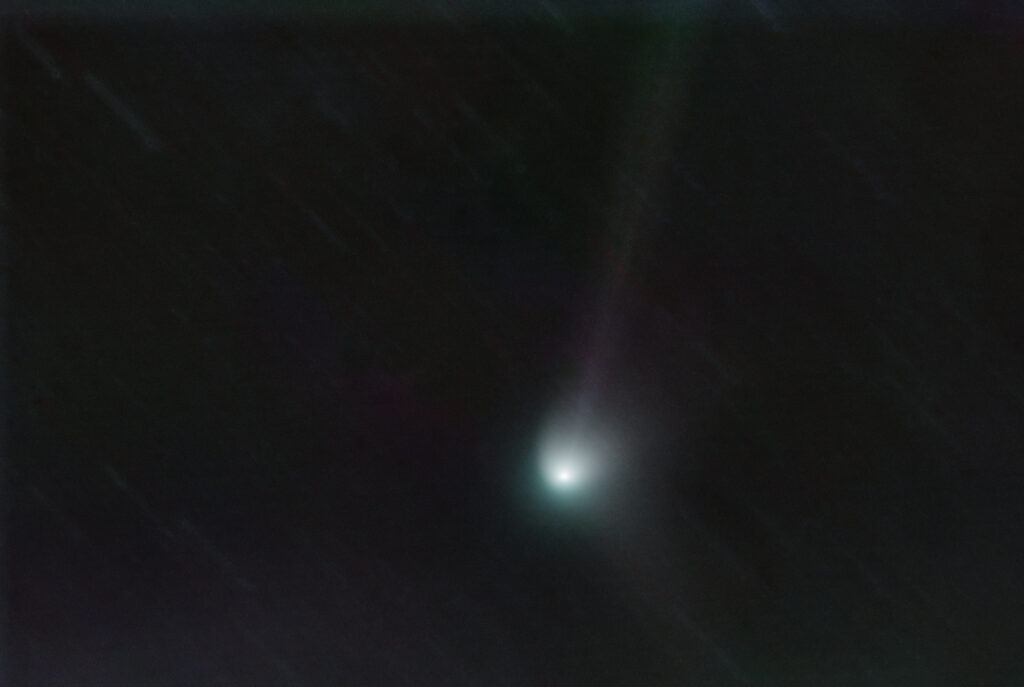

Astrobin: https://www.astrobin.com/misrip/
Astrometry: https://nova.astrometry.net/user_images/7310563#annotated
Telescopi O Obiettivi Di Acquisizione: William Optics Redcat 51
Camere Di Acquisizione: ZWO ASI1600MM Pro
Montature: Sky-Watcher EQM-35 ×
Filtri: Astronomik L-1 Luminance UV/IR Block 1.25″ · Astronomik Type 2c Blue 1.25″ · Astronomik Type 2c Green 1.25″ · Astronomik Type 2c Red 1.25″
Accessori: DeepSkyDad Flap Panel (FP1) · ZWO ASIAIR Plus · ZWO EAF · ZWO EFW 8 x 1.25″ / 31mm
Software: Adobe Photoshop · Pleiades Astrophoto PixInsight
Telescopi O Obiettivi Di Guida: QHYCCD Mini Guide Scope
Camere Di Guida: ZWO ASI120MM Mini
Date:29 Gennaio 2023
Pose:
Astronomik L-1 Luminance UV/IR Block 1.25″: 60×60″(1h) (gain: 137.00) -20°C bin 1×1
Astronomik Type 2c Blue 1.25″: 60×60″(1h) (gain: 137.00) -20°C bin 1×1
Astronomik Type 2c Green 1.25″: 60×60″(1h) (gain: 137.00) -20°C bin 1×1
Astronomik Type 2c Red 1.25″: 60×60″(1h) (gain: 137.00) -20°C bin 1×1
Integrazione: 4h
Dark: 33, Flat: 33, Dark dei flat: 33
Giorno lunare medio: 8.19 giorni
Fase lunare media: 58.58%
Scala del Cielo Scuro Bortle: 6.00
Comet C/2022 E3 ZTF
Night of 29/01/2023, group 2 subframes, 60″ x 60 x LRGB; bad weather, partially cloudy and windy.

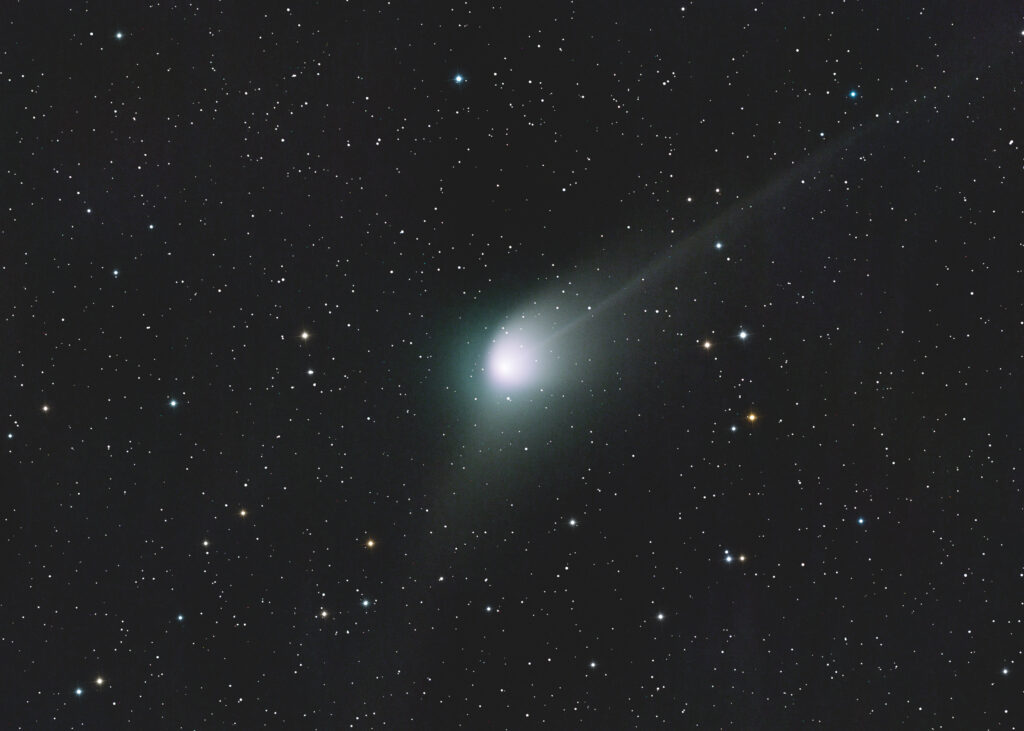
Astrobin: https://www.astrobin.com/a2bvdn/
Astrometry: https://nova.astrometry.net/user_images/7304982#annotated
Telescopi O Obiettivi Di Acquisizione William Optics Redcat 51
Camere Di Acquisizione ZWO ASI1600MM Pro
Montature Sky-Watcher EQM-35 ×
Filtri: Astronomik L-1 Luminance UV/IR Block 1.25″ · Astronomik Type 2c Blue 1.25″ · Astronomik Type 2c Green 1.25″ · Astronomik Type 2c Red 1.25″
Accessori DeepSkyDad Flap Panel (FP1) · ZWO ASIAIR Plus · ZWO EAF · ZWO EFW 8 x 1.25″ / 31mm
Software Adobe Photoshop · Pleiades Astrophoto PixInsight
Telescopi O Obiettivi Di Guida QHYCCD Mini Guide Scope
Camere Di Guida ZWO ASI120MM Mini
Date: 26 Gennaio 2023 · 27 Gennaio 2023
Pose:
Astronomik L-1 Luminance UV/IR Block 1.25″: 60×60″(1h) (gain: 173.00) -20°C bin 1×1
Astronomik Type 2c Blue 1.25″: 60×60″(1h) (gain: 173.00) -20°C bin 1×1
Astronomik Type 2c Green 1.25″: 60×60″(1h) (gain: 173.00) -20°C bin 1×1
Astronomik Type 2c Red 1.25″: 60×60″(1h) (gain: 173.00) -20°C bin 1×1
Integrazione: 4h Dark:33 Flat:33 Dark dei flat:33
Giorno lunare medio: 5.72 giorni
Fase lunare media: 32.82%
Scala del Cielo Scuro Bortle: 6.00
Dettagli astrometrici di base
Astrometry.net job: 7133573
Risoluzione: 3180×2270
Dimenzione file: 30,7 MB
Luoghi: Home (balcony), Livorno, Livorno, Italia; Livorno, Toscana, Italia
Origine dei dati: Giardino
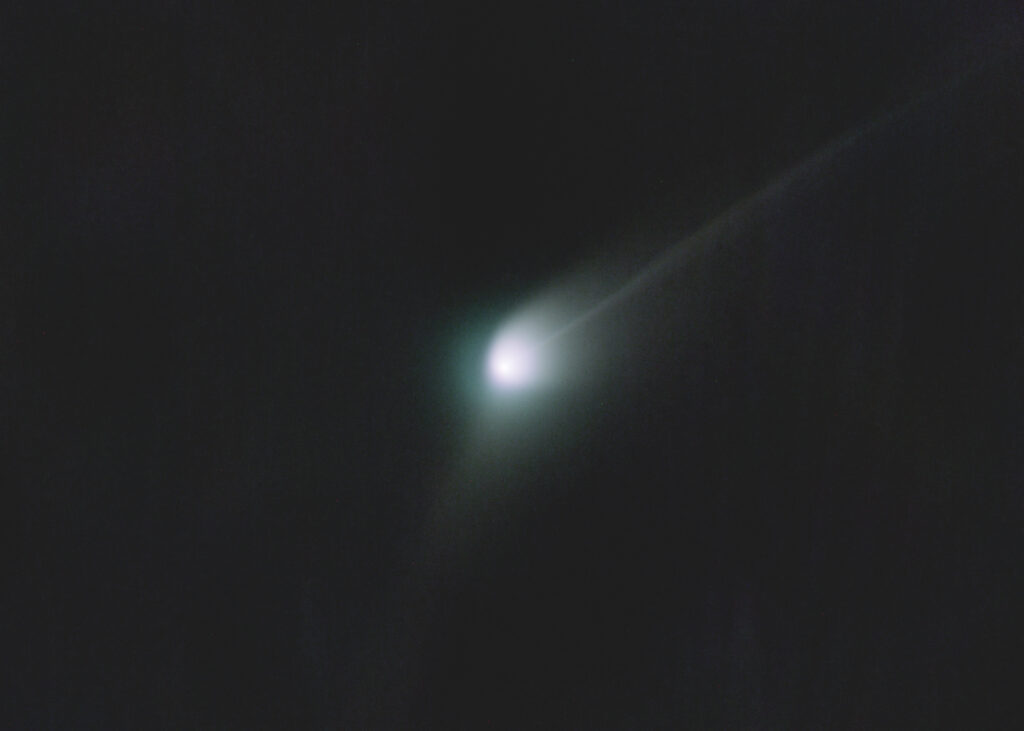
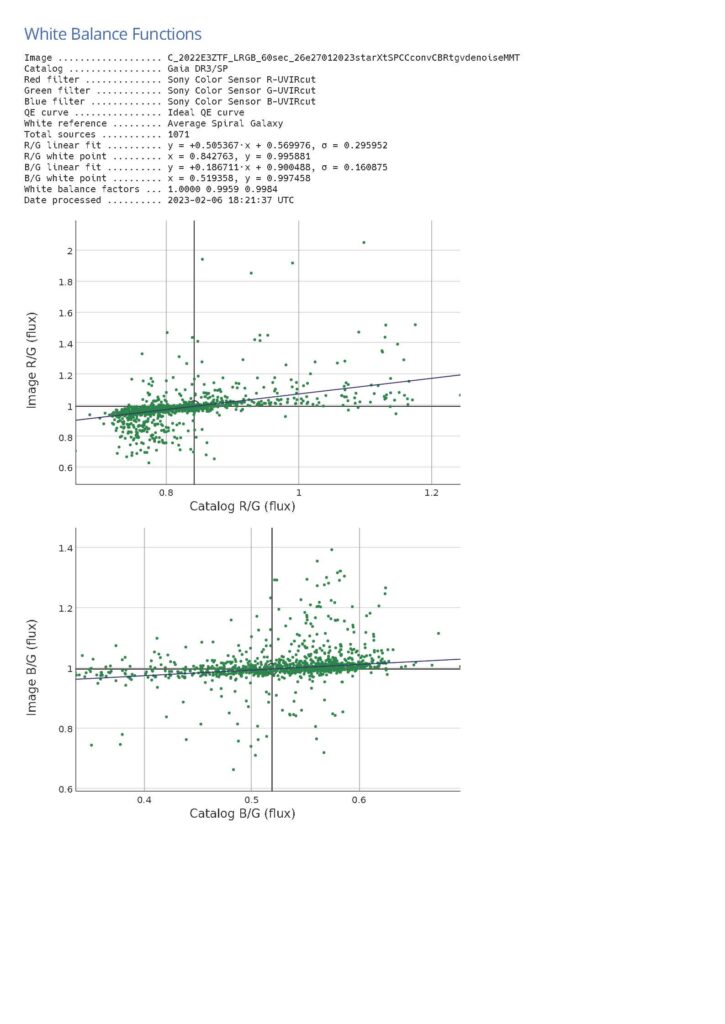
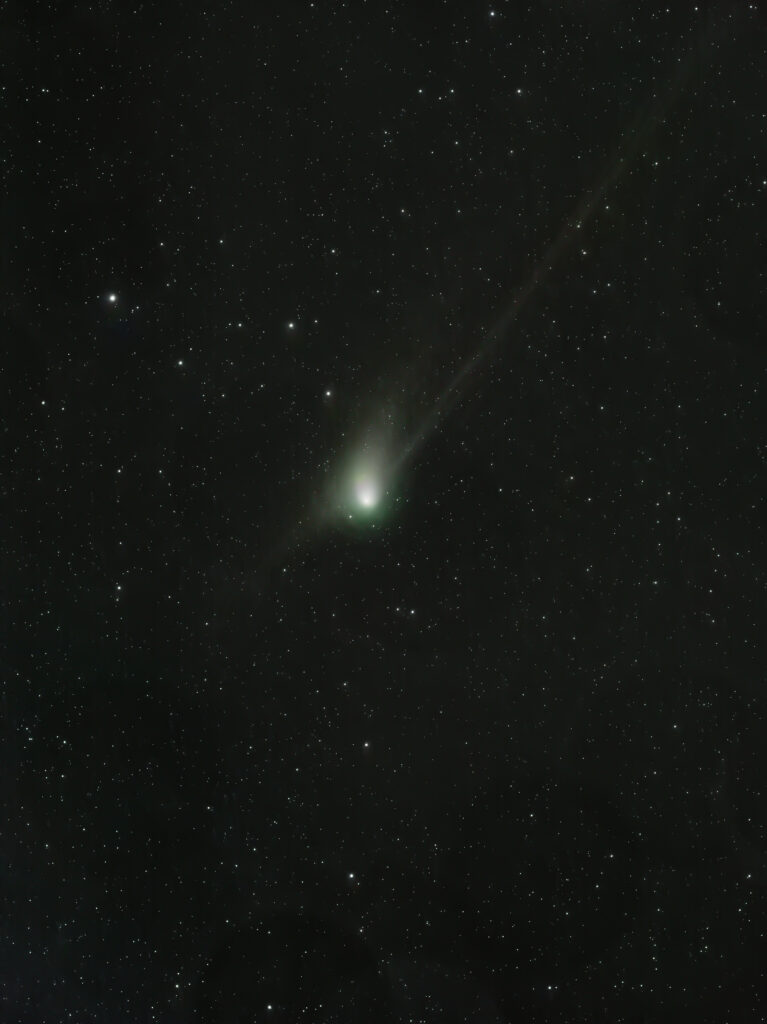
Astrobin:
Astrometry: https://nova.astrometry.net/user_images/7219668#annotated
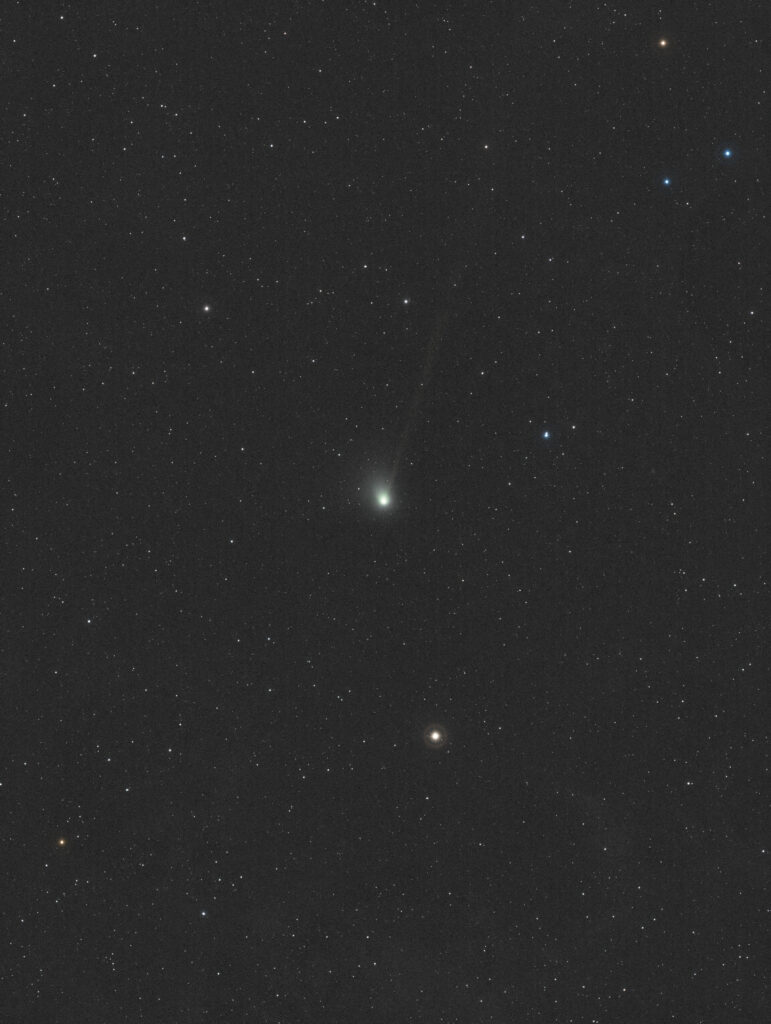
Astrobin: https://www.astrobin.com/4j6mnr/
Astrometry: https://nova.astrometry.net/user_images/7161626#annotated
Telescopi O Obiettivi Di AcquisizioneWilliam Optics Redcat 51Camere Di AcquisizioneZWO ASI1600MM ProMontatureSky-Watcher EQM-35 ×FiltriAstronomik L-1 Luminance UV/IR Block 1.25″ · Astronomik Type 2c Blue 1.25″ · Astronomik Type 2c Green 1.25″ · Astronomik Type 2c Red 1.25″AccessoriDeepSkyDad Flap Panel (FP1) · ZWO ASIAIR Plus · ZWO EAF · ZWO EFW 8 x 1.25″ / 31mmSoftwareAdobe Photoshop · Pleiades Astrophoto PixInsight
Date:10 Gennaio 2023Pose:
Astronomik L-1 Luminance UV/IR Block 1.25″: 10×60″(10′) (gain: 173.00) -20°C bin 1×1
Astronomik Type 2c Blue 1.25″: 10×60″(10′) (gain: 173.00) -20°C bin 1×1
Astronomik Type 2c Green 1.25″: 10×60″(10′) (gain: 173.00) -20°C bin 1×1
Astronomik Type 2c Red 1.25″: 10×60″(10′) (gain: 173.00) -20°C bin 1×1Integrazione:40′Dark:33Flat:33Dark dei flat:33Giorno lunare medio:17.92 giorniFase lunare media:89.18%Scala del Cielo Scuro Bortle:6.00
Risoluzione: 3451×4585
Dimenzione file: 90,6 MB
Luoghi: Home (balcony), Livorno, Livorno, Italia
Origine dei dati: Giardino
Comet C-2022 E3 ZTF from Livorno, Bortle 6 degree suburban sky.
Rare minutes of clear sky let me take about 10 subrafems of 60″ in LRGB between 4 and 6 a.m..
Very hard set to combine due to comet alignment shifting parameters.
Postproduction PixInSight, StarXtermintator, Adobe Photoshop.
Link here to raw .fits file of comet and star integration by Pixelmath.
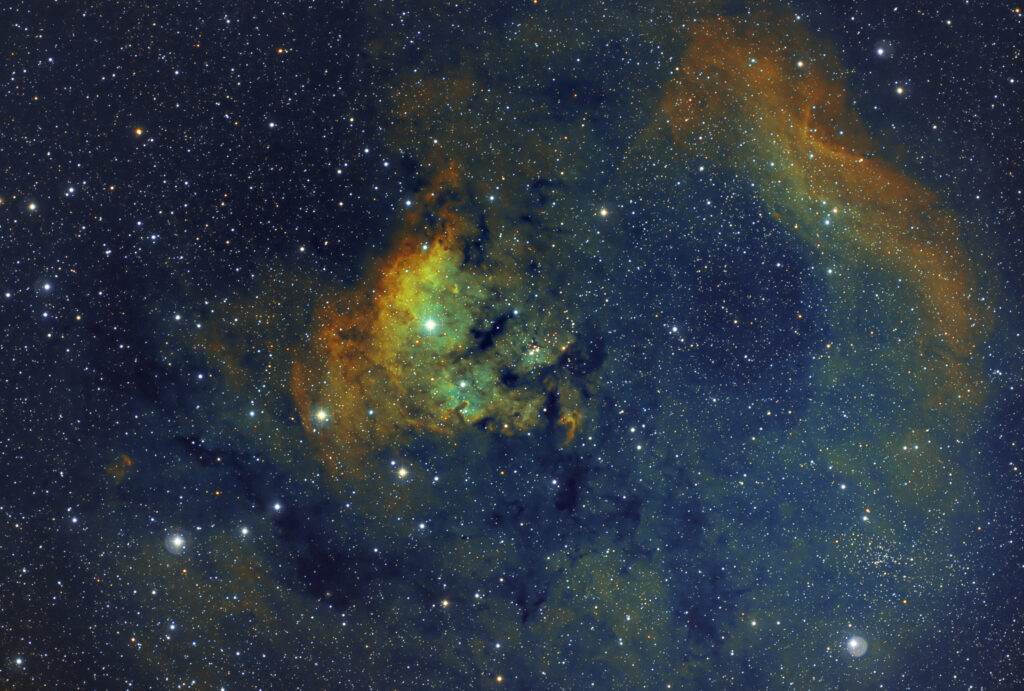
Astrobin: https://www.astrobin.com/i4juxi/
Astrometry: https://nova.astrometry.net/user_images/7044397#annotated
Telescopi O Obiettivi Di Acquisizione: William Optics Redcat 51
Camere Di Acquisizione: ZWO ASI1600MM Pro
Montature: Sky-Watcher EQM-35
Filtri: Astronomik H-alpha CCD 6nm 1.25″ · Astronomik OIII CCD 6nm 1.25″ · Astronomik SII CCD 6nm 1.25″
Accessori: ZWO ASIAIR Pro · ZWO EAF · ZWO EFW 8 x 1.25″ / 31mm
Software: Adobe Photoshop · Pleiades Astrophoto PixInsight
Telescopi o Obiettivi Di Guida: QHYCCD Mini Guide Scope
Camere Di Guida: ZWO ASI120MM Mini
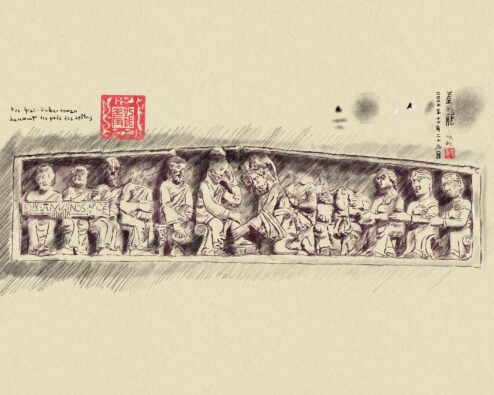
Clermont-Ferrand, Carnet de Voyage
Rue Gras, linteau roman
Lavement des pieds des apôtres
L’articolo Clermont-ferrand, Carnet de Voyage: Rue Gras sembra essere il primo su XIUART.